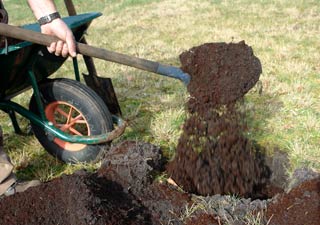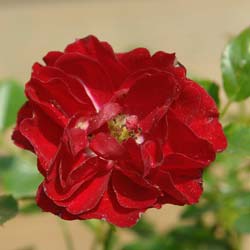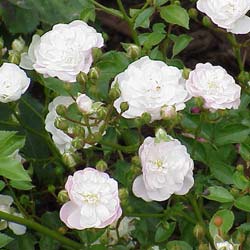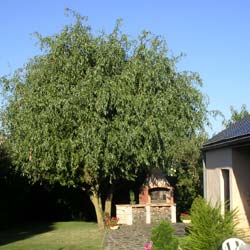Planting Directly into the Soil
• Planting periods
• Storing Plants prior to Planting
• Planfor's perforated 1-litre Pots
• Soil Preparation
• Working the soil in winter
• Growing seeds in a pot
• Raising seedlings
• Planting Directly into the Soil
• Planting in Pots, Containers or Planters
• The good drainage for potted plants
• Planting Balled or container grown plants
• Planting bare rooted plants
• Planting Truffle Trees
• Planting Agapanthus
• Planting spring-flowering bulbs in pot
• Planting Fern in pot
• Planting a hedge of ornamental grasses
• Planting hardy plants in the autumn
• Succeeding in planting conifers
• Repotting a plant
• Propagate and increase plants by layering
• Moving a tree or shrub
• Plant a Magnolia
• Planting a tree which is going to grow quite tall
• Planting a hedge of bamboos
• Planting a fruit tree
• Potted plants which last a long time
Choose where to put your plant
Choosing where to put your plant may seem simple at first. It is always a sensible idea when thinking about where to situate a plant to prepare a plan of the future garden.
Think about the volume of the roots, the adult height, and the spread of the plant... Next to the patio or driveway; remember that you will need to pick up all the dead leaves or fruits that fall onto the ground. Finally depending on the species, evaluate carefully things such as the effect of wind, wet ground and the exposure to the sun (will it have sun all day long or for just part of the day).

You could also chose a temporary position with the intention to replant it in a few years time, but this does have a degree of risk.
Finally think about the laws that are applicable to plants on property boundaries. You must plant at least 50cm away from the boundary if the plant is not going to exceed 2m in height. Higher than this, the plants need to be planted more than 2m from the boundary.
Soil preparation, is not something to get wrong
Once the position is decided on, a bit of elbow grease is needed... You are effectively inviting a new guest to take up residence in your garden so do not skimp on things to make him feel at ease!
The main aim in preparing the soil is to aerate it so the plant can quickly establish roots, to ensure this you need to add organic matter (compost, manure) which will provide food for the new arrival. The better the roots of the plant are able to develop then the better will be the overall growth of the plant. It is therefore crucial to look after them.
Planting
Now that your soil is well aerated and prepared, it is time to plant.
Planting Balled plants or Container grown plants
Soak the root ball of the plant in water for a few minutes. Dig a large enough hole so the plant can be put in it without the need for forcing. Cover the root ball with earth up to the neck of the plant this will stop the root ball from drying out. Only lightly firm down the earth around the plant, do not compact the soil. Water the plant generously (as the soil has been aerated, there is no risk that the water will stagnate.
• Click here to see photos of all the planting stages.
Planting bare rooted plants
Untangle and spread out the roots. Dig a hole that is large enough. Put your plant in it so the roots are spread out equally in all directions. Cover the roots with soil up to 5cm above the neck of the plant. Firm the soil down well around your plant so that there are no air pockets around the roots. Water the plant generously (as the soil has been aerated, there is no risk of the water stagnating).
• Click here to see photos of all the planting stages.
Planting bulbs
The depth of your hole depends on the size of the bulb.It is generally advised to have a depth that is twice the size of the bulb.The bottom of the hole must be flat , to avoid the creation of any air pockets.Put your bulbs in with the pointed end facing up,and space them a few centimetres apart. Cover them with earth making sure not to have any air pockets.Water them moderately so that the bulbs are totally surrounded by damp earth.
Initial care
If you plant in autumn, plants that are not hardy for your region remember to protect them with a horticultural winter fleece.
During the first summer, you need to keep a careful eye on your plant’s development and water it at the first sign of dehydration. It is not advisable to over water, as you risk causing your plants roots to rot. You must also watch out for competing weeds.
Depending on the species you can begin pruning in the autumn or following spring.









































































































































































































































